Hiking or trekking is one of the latest trends in global tourism. However, walking in Peru is a historical and cultural legacy dating back to the Inca civilization. The Incas were pioneers in building and promoting a network of roads. Walking and exploring routes have been essential components for understanding the history and culture in the Andes, the Coast, and the Amazon.
Currently, trekking in Peru allows travelers and enthusiasts to connect with nature and, at the same time, to revalue the history and importance of the natural and animal richness our country possesses. Similarly, trekking as a physical activity has encouraged a reduction in carbon footprint. Every year, our country becomes more attractive to the world as it boasts unique natural treasures, the most incredible mountain ranges in Latin America, and the most stunning peaks waiting to be discovered.
At Salkantay Trekking, we’ve been guiding travelers through the country’s most iconic routes for over a decade, combining adventure, safety, and deep respect for nature and local communities.
Definition of Trekking
Trekking is a non-competitive sports activity carried out on preferably traditional paths located in the natural environment. It aims to bring individuals closer to the natural environment and knowledge of the country through the heritage and ethnographic elements that characterize pre-industrial societies while recovering the system of communication routes.
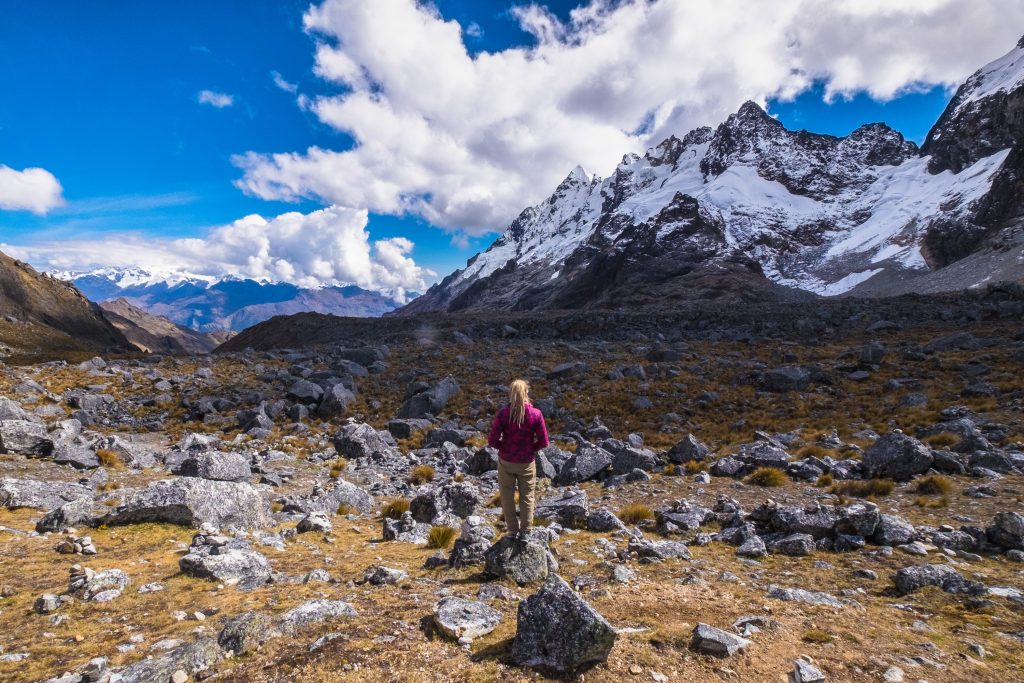
Importance of Trekking
Trekking, or hiking, is an outdoor activity of great importance as it offers a range of personal, social, and environmental benefits. Currently, trekking is a trend in contemporary tourism, which has garnered interest in the community through social media.
Benefits of Trekking in Peru
- Personal Health and Well-being
Trekking is an excellent form of cardiovascular exercise and muscle strengthening. It helps improve endurance, strength, and flexibility. - Mental Health
Walking in nature can reduce stress, anxiety, and depression while increasing the sense of well-being. Contact with nature has positive effects on mental health. - Connection with Nature
Trekking allows you to disconnect from urban life and connect with nature, which can have a relaxing and revitalizing effect. - Environmental Awareness
Trekking sensitizes people to the importance of preserving nature and the environment. Hikers often advocate for the conservation of natural spaces - Promotion of Sustainable Tourism
Trekking can promote tourism in rural and remote areas, which, in turn, can boost the local economy and job creation in often marginalized communities. - Socialization and Community
Trekking is often done in groups, promoting social interaction and the formation of new friendships.
Types of Trekking
- Recreational Trekking
These hikes involve traversing well-marked and easy-to-follow trails in parks, forests, and natural areas. It is an excellent way to enjoy nature without requiring technical skills. - Day Hiking
This type of trekking involves walking during the day and returning to the starting point before sunset. It allows you to explore scenic routes and experience nature without the need to spend the night outdoors. - Backpacking Trekking
It entails covering longer distances and often camping overnight in shelters, campsites, or remote areas. It requires more detailed planning, additional equipment, and survival skills in the wilderness. - Mountain Trekking
This variant takes place in mountainous terrain and can be more challenging due to the altitude and topography. Mountain trails often demand navigation skills and higher physical endurance. - High Mountain Trekking (Mountaineering)
This is an extreme activity that involves ascending to significant altitudes, often in glacier or rocky terrains. It requires technical equipment, experience, and advanced mountaineering skills. - Coastal Trekking
These walks are along the coast and often offer panoramic views of the ocean. Hikers can explore cliffs, beaches, and coastal landscapes as they progress. - Desert Trekking
It involves walking in desert environments, which necessitates carrying sufficient water and sun protection. You can explore canyons, sand dunes, and unique desert landscapes. - Winter Trekking
This type of trekking is carried out in snowy environments and often involves the use of snowshoes for walking on snow. You can enjoy stunning winter landscapes. - Urban Trekking
Explore walking routes in cities and urban areas. It’s an excellent way to learn about the history, culture, and architecture of a place as you walk through streets and neighborhoods.
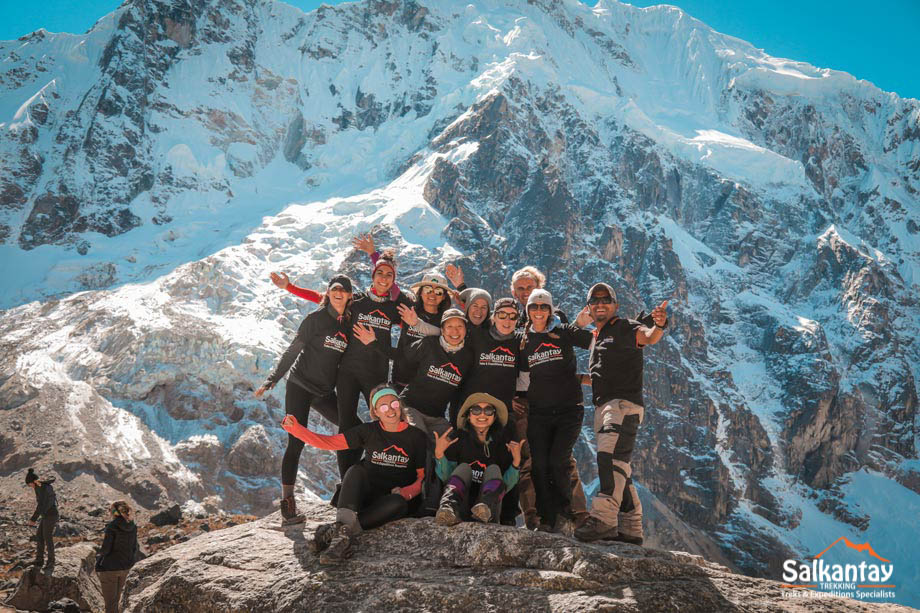
Highlighted Trekking Routes in Peru
Inca Trail
The “Inca Trail” to Machu Picchu is an internationally renowned trekking route in Peru. It provides access to the Inca citadel, offering a historical and adventurous experience surrounded by some of the most incredible natural views in Latin America.
- Duration: The Classic Inca Trail trek typically takes 4 days, although there is a shorter 2-day version available. The 4-day trek is the most popular option, allowing hikers to enjoy the scenic beauty and history along the way.
- Difficulty Level: It is considered a moderate to challenging trek. Hikers traverse various terrains, including steep slopes, stone steps, and uneven paths. Altitude is also a factor, as the trek reaches altitudes of up to 4,215 meters above sea level at Warmiwañusca, also known as “Dead Woman’s Pass.”
- Route: The Classic Inca Trail starts at kilometer 82 of the railroad to Machu Picchu and ends at the breathtaking Machu Picchu citadel. Along the route, hikers pass by Inca ruins, cloud forests, stunning mountain landscapes, and visit archaeological sites such as Runkurakay, Sayacmarca, and Wiñay Wayna.
- Accommodation: Throughout the trek, hikers camp at designated campsites. Travel agencies typically provide camping equipment, including tents and sleeping bags.
- Permits: To undertake the Inca Trail trek, it’s necessary to obtain a permit, as Peruvian authorities limit the number of hikers who can access it daily. It’s essential to book in advance through an authorized agency to secure the permits.
- Max altitude: 4,215 m (Warmiwañusca Pass)
- Best season: April to October (dry season)
- Acclimatization needed: Yes, due to altitude
Inca Trail Highlights:
- Ancient ruins like Runkurakay, Sayacmarca, and Wiñay Wayna
- The high-altitude Warmiwañusca Pass (“Dead Woman’s Pass”)
- Entering Machu Picchu through the Sun Gate (Inti Punku)
- A cultural and spiritual experience like no other
Salkantay Trekking provides a complete and safe experience along the Inca Trail, with expert guides, quality equipment, and deep respect for heritage and nature.
👉 Ready to walk the sacred Inca Trail? Book your adventure here
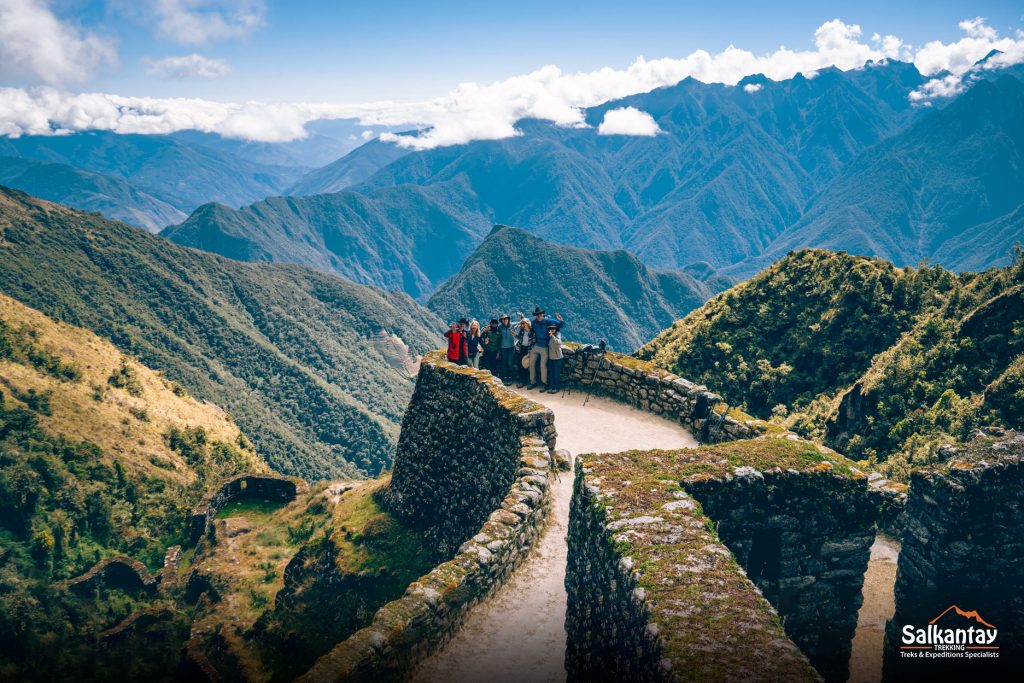

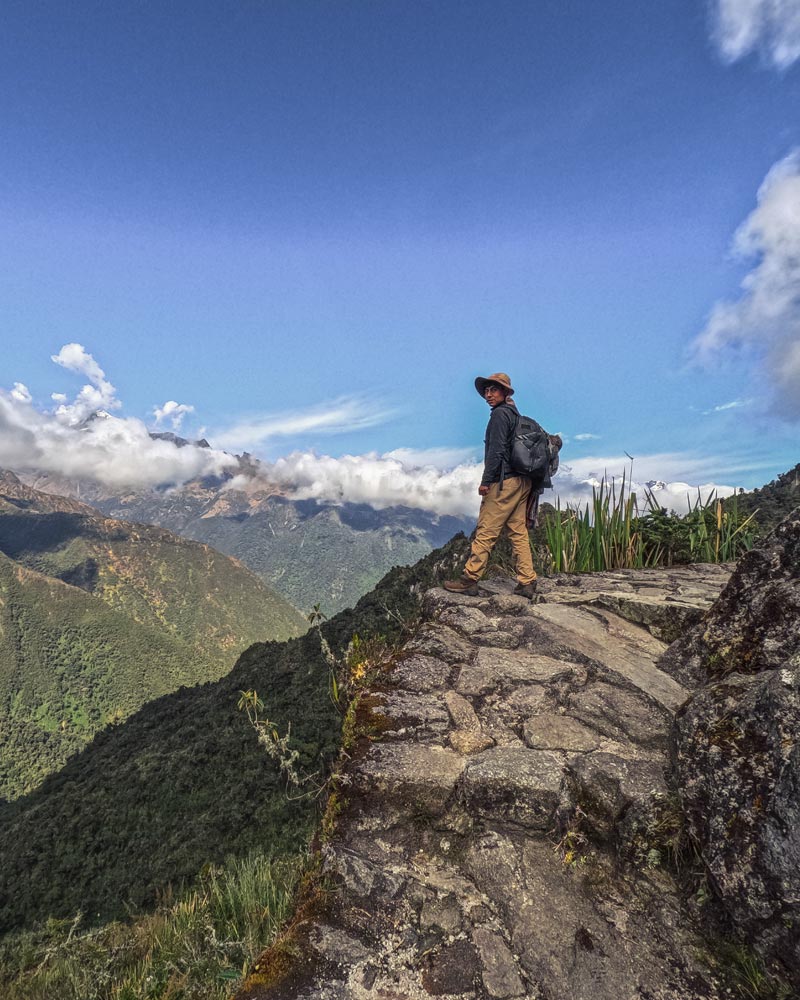
Salkantay Trek
The Salkantay trek, often known as the “Salkantay Trek,” is a popular trekking route in Peru that takes you through breathtaking and diverse landscapes, culminating in a visit to the iconic Machu Picchu citadel.
- Duration: 4 to 5 days
- Difficulty Level: Moderate to challenging
- Altitude: 4,600 meters above sea level
- Route: The Salkantay trek usually starts in Mollepata and ends at the Aguas Calientes train station, providing access to Machu Picchu. Along the route, hikers enjoy spectacular views of the Salkantay snow-capped mountain, which rises to over 6,270 meters.
- Accommodation: Various accommodation options are available, ranging from camping in the midst of nature to stays in hostels or local houses. Some agencies offer additional amenities, such as hot showers.
- Permits: Not required
- Best season: April to October
- Acclimatization: Strongly recommended
Salkantay Trek Highlights:
- Panoramic views of Mt. Salkantay (6,270 m)
- The stunning Humantay Lake
- Diverse landscapes from highlands to jungle
- Reaching Machu Picchu via Aguas Calientes
Salkantay Trekking is the top-rated operator for this route, with private camps, certified guides, and a strong commitment to safety, sustainability, and cultural authenticity.
👉 Follow the path that started it all. Book your Salkantay Trek here

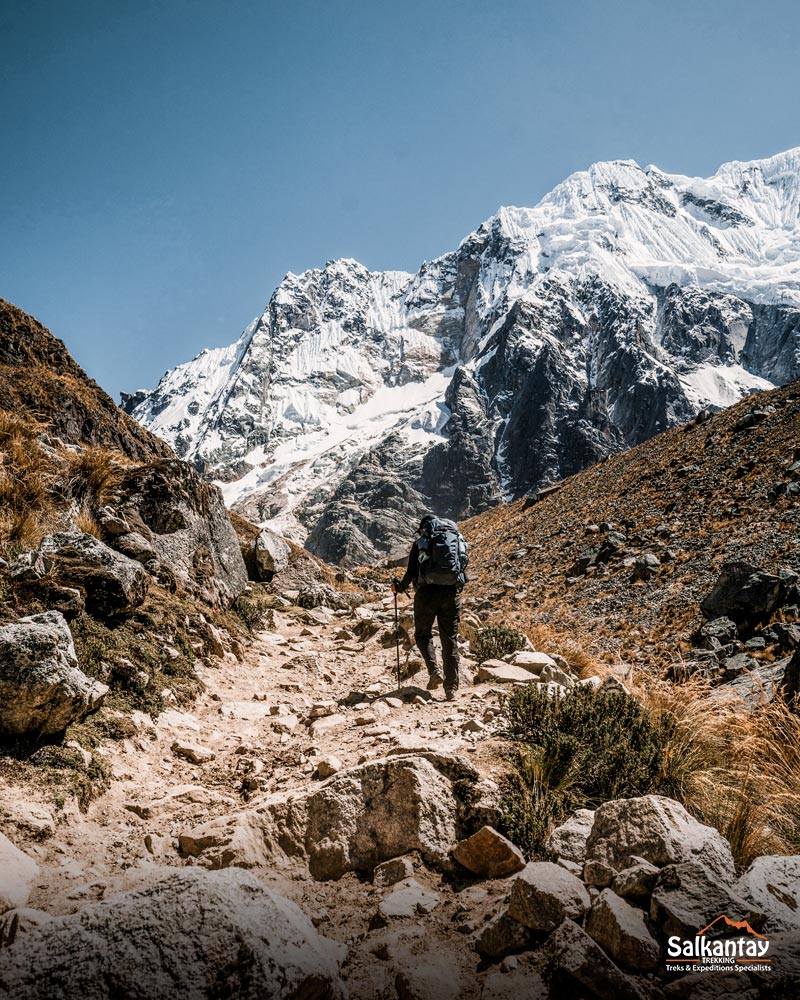
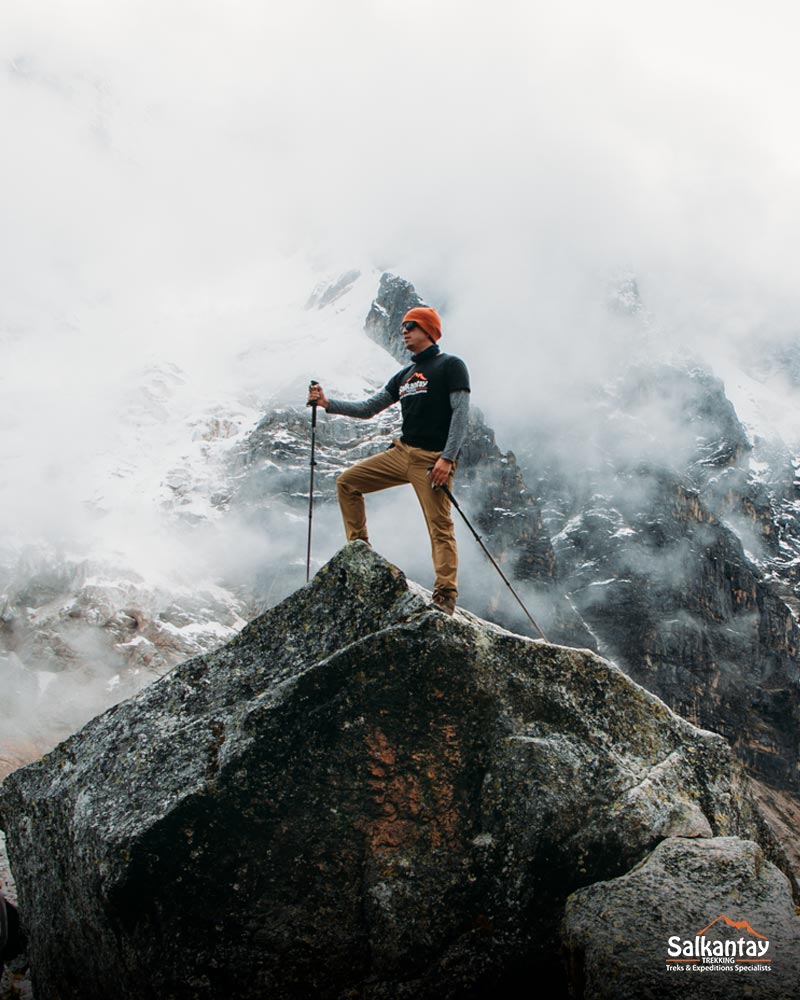
Rainbow Mountain Trek
The “Rainbow Mountain” trek, also known as “Vinicunca” or “Seven-Color Mountain” (Winikunka in Quechua), is a popular trekking route in the Peruvian Andes. This trek is famous for taking hikers to a mountain with a spectacular palette of natural colors, caused by minerals and sediments in the geological layers.
- Duration: 1 day
- Difficulty Level: Moderate difficulty
- Altitude: 5,000 meters above sea level
- Route: The trek begins in the village of Cusipata and heads towards the serene Red Valley, where the ascent to Rainbow Mountain begins. Along the way, hikers enjoy panoramic views of Andean landscapes and surrounding mountains.
- Accommodation: Since the trek is completed in one day, there’s no need to camp. However, you can find accommodation in Cusco or the nearby town of Pitumarca.
- Permits: No special permit is required for this trek.
Trekking in Peru provides an opportunity to explore diverse natural landscapes, learn about the country’s rich history, and appreciate its vibrant culture. Whether you’re interested in the Inca Trail, Salkantay Trek, or Rainbow Mountain trek, you’ll have the chance to experience the beauty and wonder of the Andes Mountains and connect with the ancient and modern heritage of Peru. - Best season: April to November (avoid rainy season)
Highlights:
- Natural mineral colors layered in geological strata
- Stunning high-altitude Andean scenery
- Option to explore the Red Valley
- Interaction with local Quechua communities
Salkantay Trekking offers a safe and enriching experience with expert guides, comfortable transport, and a deep respect for the local environment and culture.
👉 Witness Peru’s most colorful mountain. Book your Vinicunca adventure here
Mountain of Seven Colors Hike
The “Mountain of Colors” hike, also known as “Vinicunca Mountain” or “Mountain of Seven Colors” (Winikunka in Quechua), is a popular trekking route in the Peruvian Andes. This hike is famous for taking hikers to a mountain with a spectacular natural color palette caused by minerals and sediments in the geological layers.
- Duration: 1 day
- Difficulty Level: Moderate
- Altitude: 5,000 meters above sea level
- Route: The hike starts in the town of Cusipata and heads towards the serene Red Valley, where the ascent to the Mountain of Colors begins. Along the way, hikers enjoy panoramic views of the Andean landscapes and the surrounding mountains.
- Accommodation: Since the hike is completed in one day, there is no need to camp. However, you can find accommodation in Cusco or the nearby city of Pitumarca, where the hike begins.
- Permits: No special permits are required.
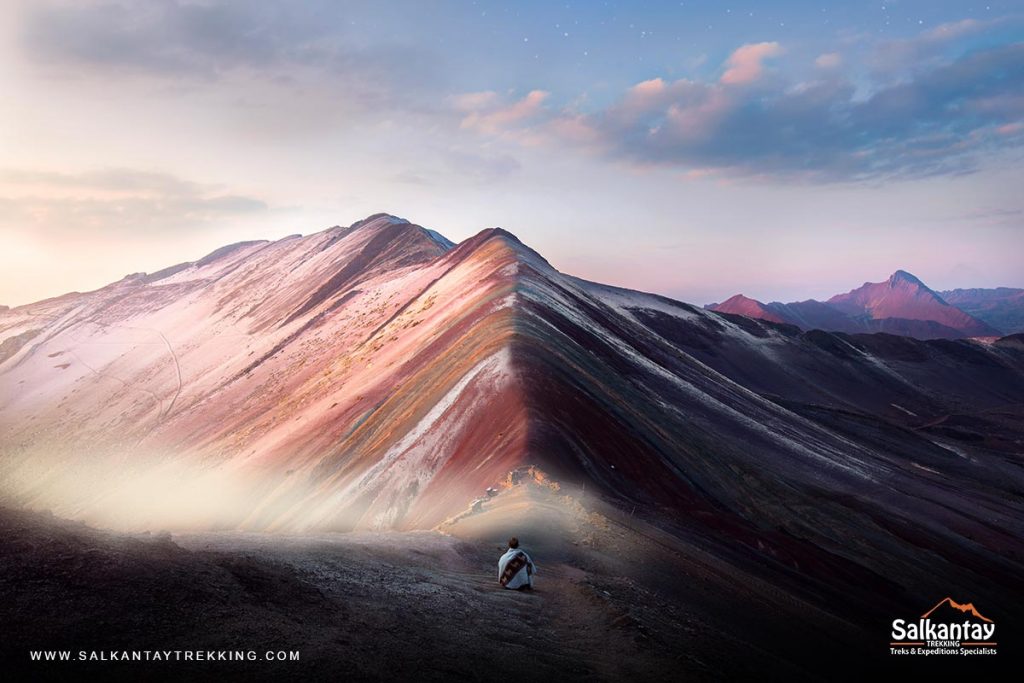
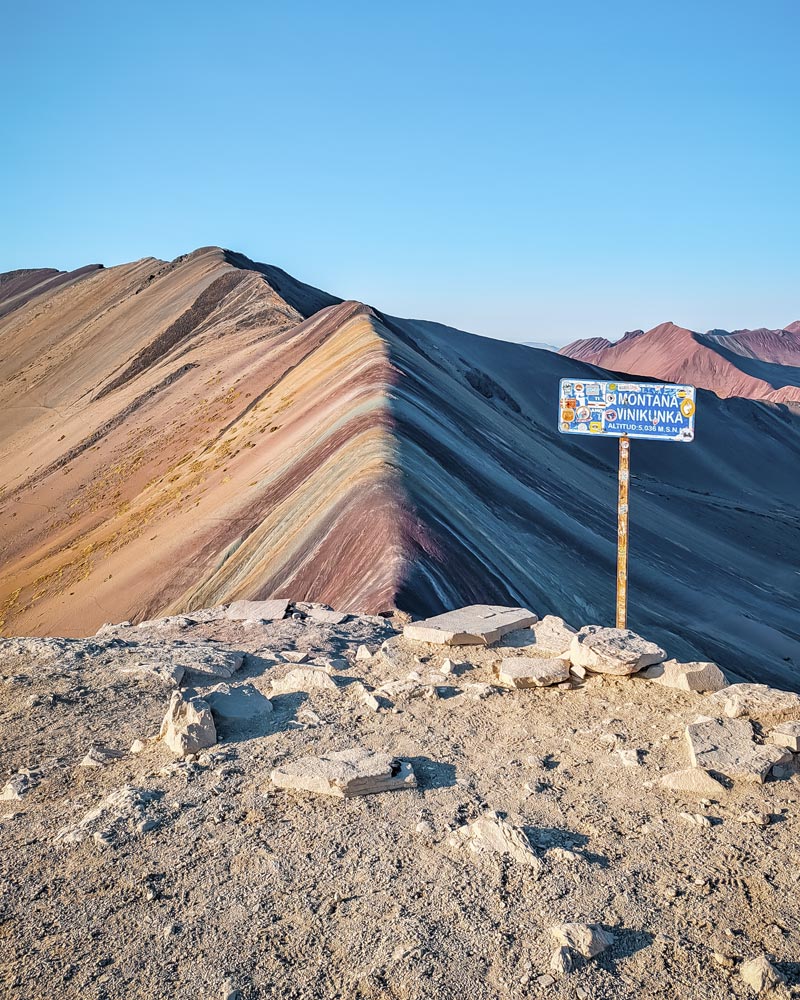

Ausangate Trek
The “Ausangate” trek is a spectacular trekking adventure in the Cusco region of Peru. This hike is known for taking hikers around the stunning Ausangate mountain, the highest mountain in the Andes of the Cusco region and one of the most impressive peaks in all of Peru.
- Duration: 4 to 7 days
- Difficulty Level: Moderate to challenging
- Altitude: 5,000 meters above sea level
- Route: The Ausangate trek typically starts in the town of Tunqui, which is about a 3-hour drive from Cusco. Along the hike, hikers experience a variety of landscapes, including valleys, turquoise lakes, rock fields, snow, and glaciers.
- Accommodation: During the hike, hikers camp in designated campsites or in tents. Accommodations are basic, and temperatures can be very cold at night.
- Permits: To do the Ausangate trek, it is necessary to hire a local travel agency to handle permits and logistics.
- Best season: May to September
- Acclimatization: Absolutely necessary
Ausangate Trek Highlights:
- Glacier crossings and high-altitude lakes
- Authentic encounters with Quechua communities
- Optional hot spring baths along the way
- Remote and unspoiled, ideal for mindful travelers
Salkantay Trekking offers this experience with cultural sensitivity, environmental care, and complete logistical support in high-altitude terrain.
👉 Ready to walk beside the apus? Explore the Ausangate route here
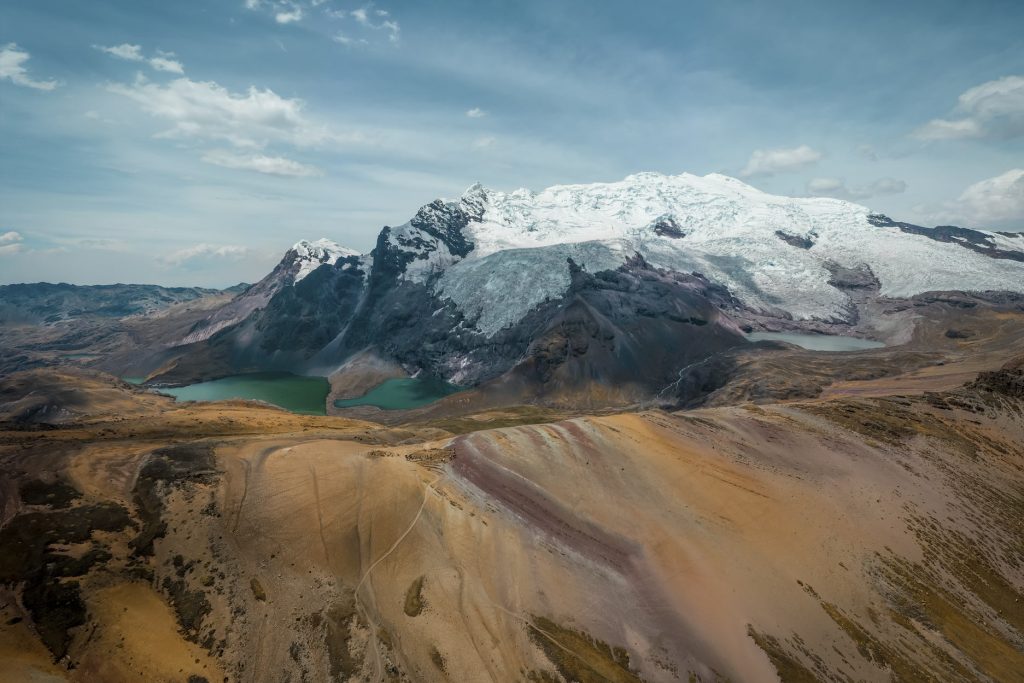
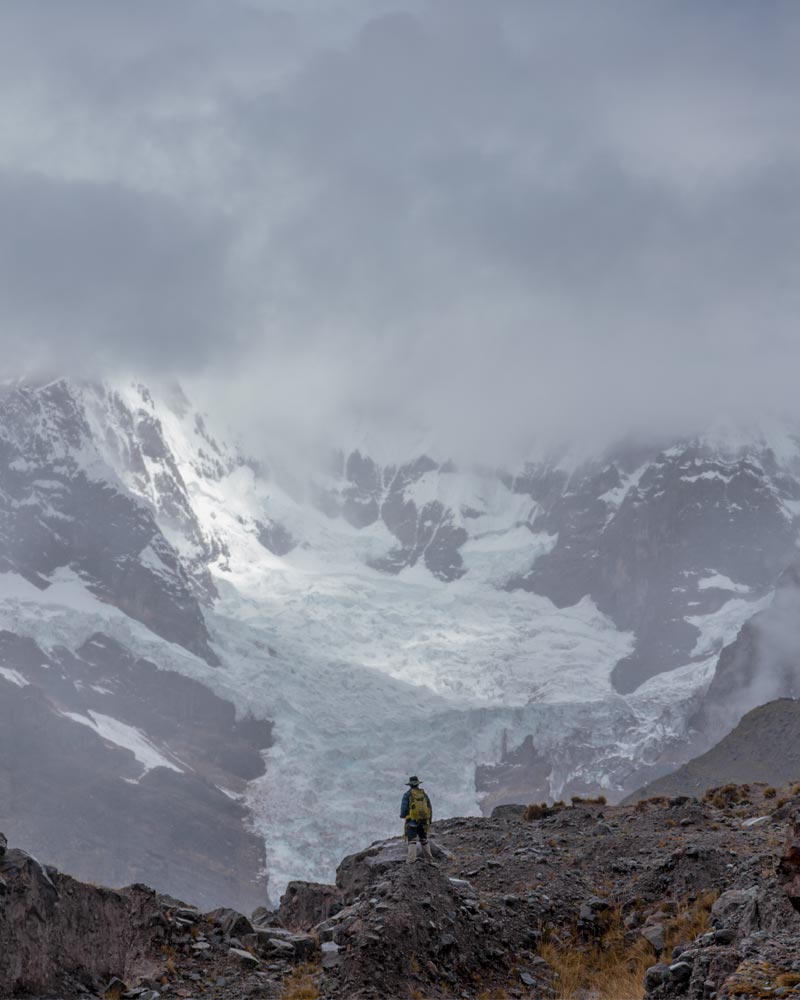
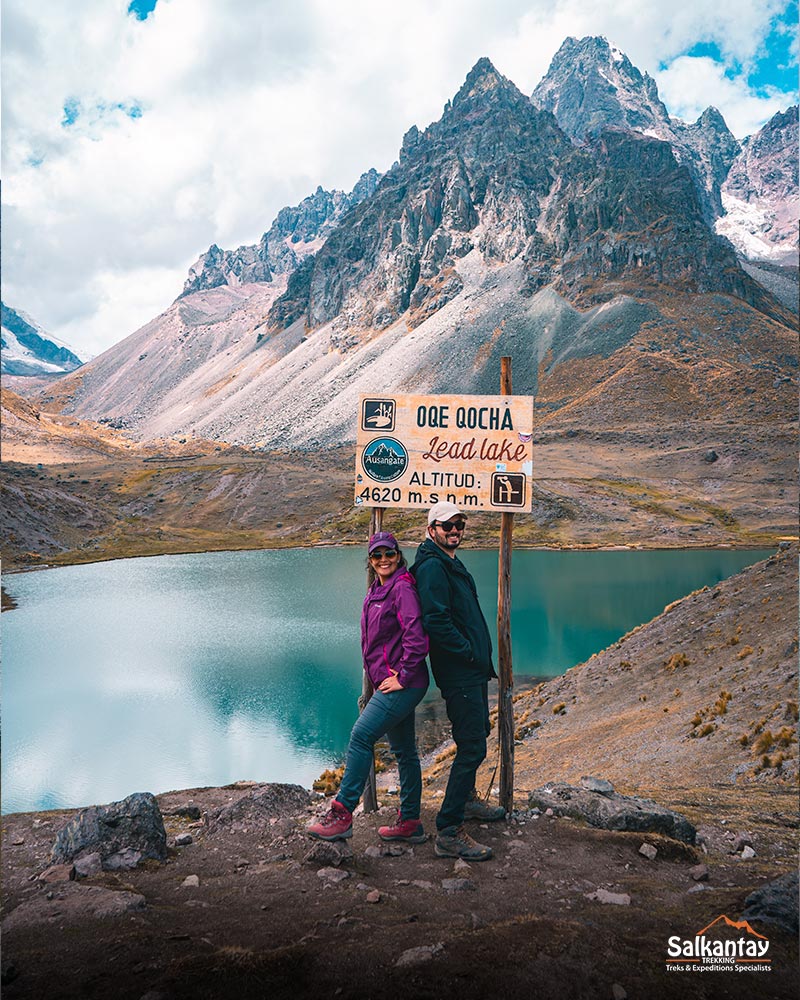
Choquequirao Trek
The “Choquequirao” trek is an exciting trekking adventure that takes you to one of the most fascinating and less-visited archaeological sites in Peru. Choquequirao is often referred to as the “lost sister” of Machu Picchu due to its architectural similarities and location in the Peruvian Andes mountains.
- Duration: 3 to 5 days
- Difficulty Level: Moderate to challenging
- Altitude: 3,000 meters above sea level
- Route: The Choquequirao trek usually begins in the town of Cachora, which is about a 4-5 hour drive from the city of Cusco. From Cachora, hikers descend into the Apurímac River canyon and then ascend to Choquequirao. The hike offers stunning views of the mountains and the canyon.
- Accommodation: During the hike, hikers camp in designated campsites. Conditions are basic, and temperatures can be cold at night.
- Permits: Like other treks in Peru, it is necessary to hire a local travel agency to manage permits and logistics. The trek passes through protected areas and local communities, so it is essential to respect local regulations and agreements.
- Best season: April to October
- Acclimatization: Recommended
Choquequirao Highlights:
- Remote and expansive Inca archaeological site
- Panoramic views of the Apurímac Canyon
- A spiritual and solitary trekking experience
- Perfect for those who’ve already seen Machu Picchu and want more
Salkantay Trekking brings this hidden gem to life with passionate guides, cultural insight, and a commitment to sustainable travel.
👉 Uncover the Inca city less traveled. Book your Choquequirao trek here
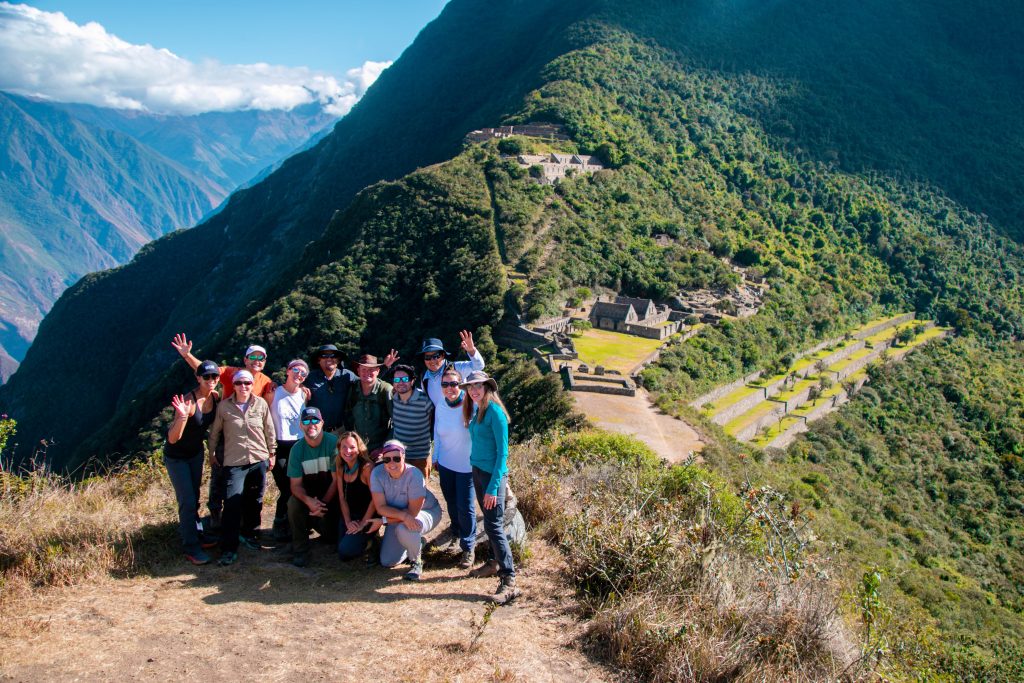
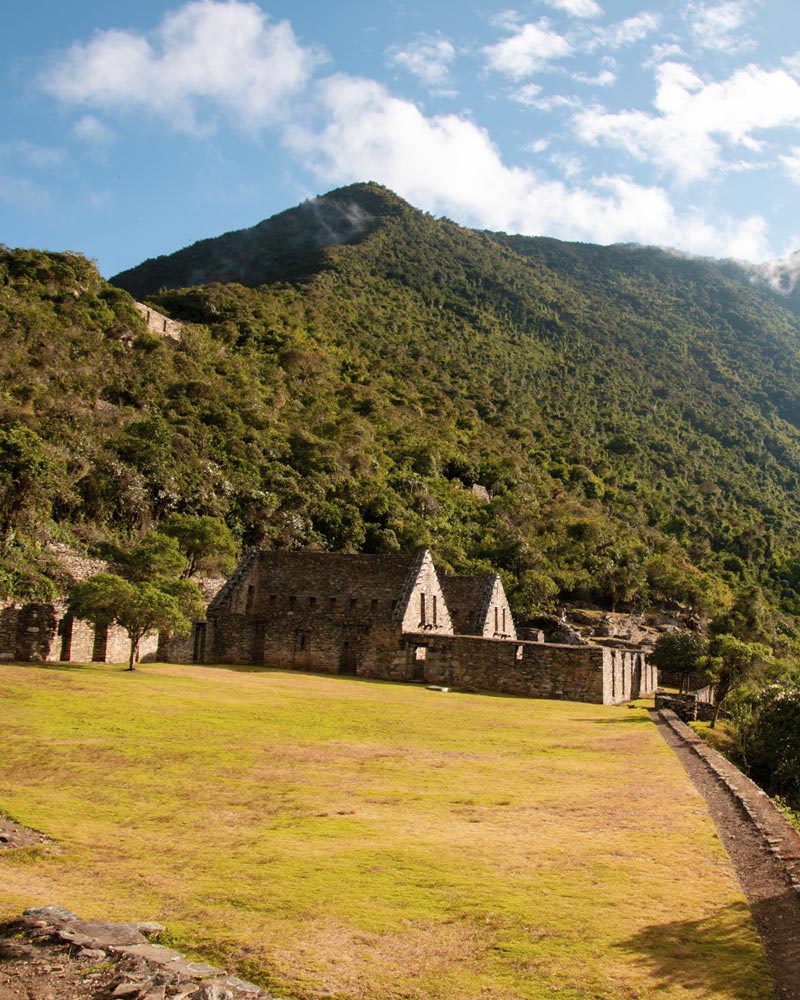
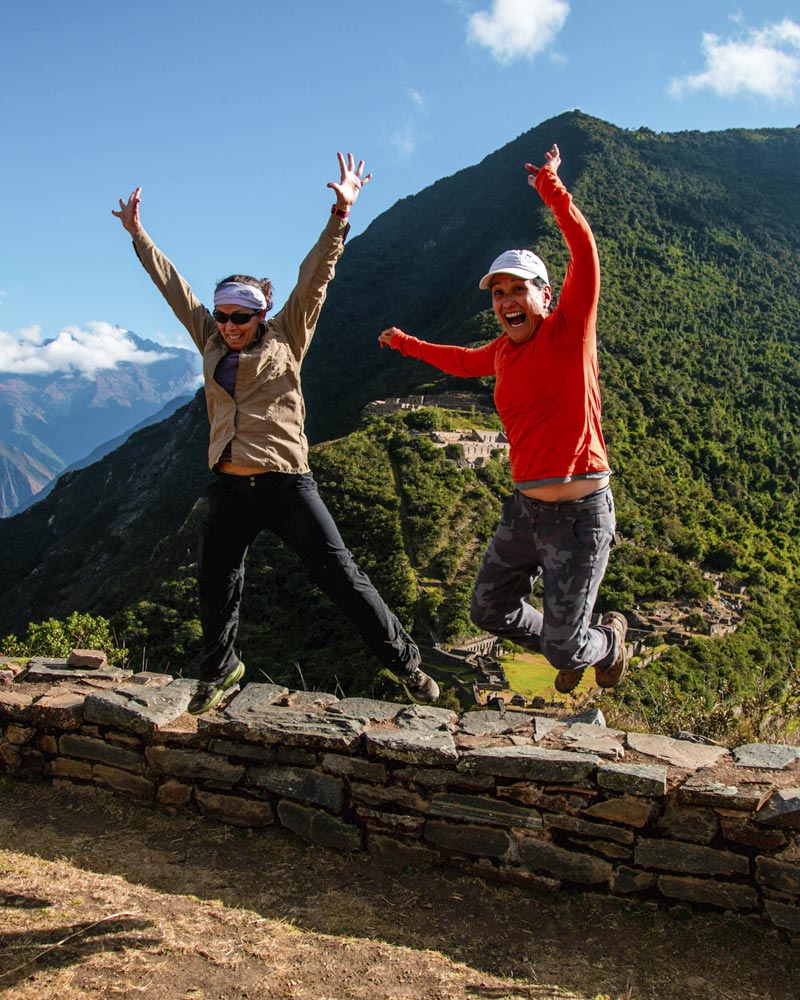
Vilcabamba Trek
The Vilcabamba trek, often known as the “Vilcabamba Trek,” is a trekking route that takes you through the remote and beautiful Vilcabamba region in the Peruvian Andes. This trek is a less-traveled alternative to the Inca Trail and allows you to explore stunning landscapes and ancient archaeological sites.
- Duration: The Vilcabamba trek is typically completed in a period of 4 to 5 days, although shorter options are available.
- Difficulty Level: Moderate to challenging
- Altitude: 4,000 meters above sea level
- Route: The Vilcabamba trek usually starts in the town of Huancacalle or in Cusco, depending on the route you choose. Along the route, hikers enjoy mountainous landscapes, cloud forests, and river crossings.
- Accommodation: During the trek, hikers camp in designated campsites or stay in mountain refuges. Accommodations are basic, and temperatures can be cold at night.
- Permits: Like other treks in Peru, it is necessary to hire a local travel agency to manage permits and logistics. The trek passes through protected areas and local communities, so it is essential to respect local regulations and agreements.
- Best season: May to October
- Acclimatization: Recommended
Vilcabamba Trek Highlights:
- Ancient Inca roads to their last sanctuary
- Hidden and uncrowded archaeological sites
- Immersion in diverse ecosystems from highlands to jungle
- A true off-the-beaten-path adventure
Salkantay Trekking provides expert guidance, logistics, and cultural interpretation on this sacred and historic journey.
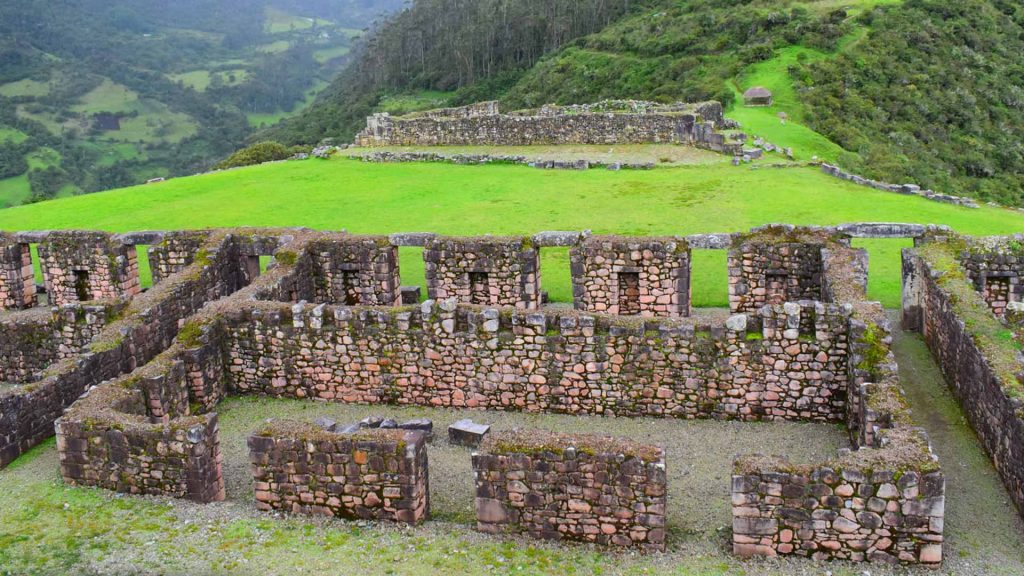
Santa Cruz Trek
The Santa Cruz trek is one of the most popular trekking routes in Huascarán National Park, located in the Ancash region of Peru. This trek is known for taking hikers through stunning mountain landscapes in the Cordillera Blanca, with the opportunity to enjoy panoramic views of snow-capped mountains, valleys, and crystal-clear lakes.
- Duration: 3 to 4 days
- Difficulty Level: Moderate
- Altitude: 4,750 meters above sea level
- Route: The Santa Cruz trek usually starts in the city of Huaraz, which serves as the gateway to the Cordillera Blanca. From Huaraz, hikers travel to the town of Cashapampa, where the trek begins. Along the route, you’ll enjoy spectacular views of mountains like Alpamayo, Taulliraju, and Huascarán, the highest mountain in Peru. The highlight of the trek is the Punta Unión Pass, which offers stunning panoramic views.
- Accommodation: During the trek, hikers camp in designated campsites along the route. Accommodations are basic, and temperatures can be cold at night.
- Permits: Required for Huascarán National Park
- Best season: May to September
- Acclimatization: Recommended
Santa Cruz Trek Highlights:
- Views of Mt. Alpamayo, once named the world’s most beautiful mountain
- Pristine trails without large crowds
- Crystal-clear lakes like Ichiccocha and Jatuncocha
- Ideal for hikers, nature lovers, and landscape photographers
Salkantay Trekking provides expert logistics, certified guides, and a strong commitment to environmental and cultural sustainability.
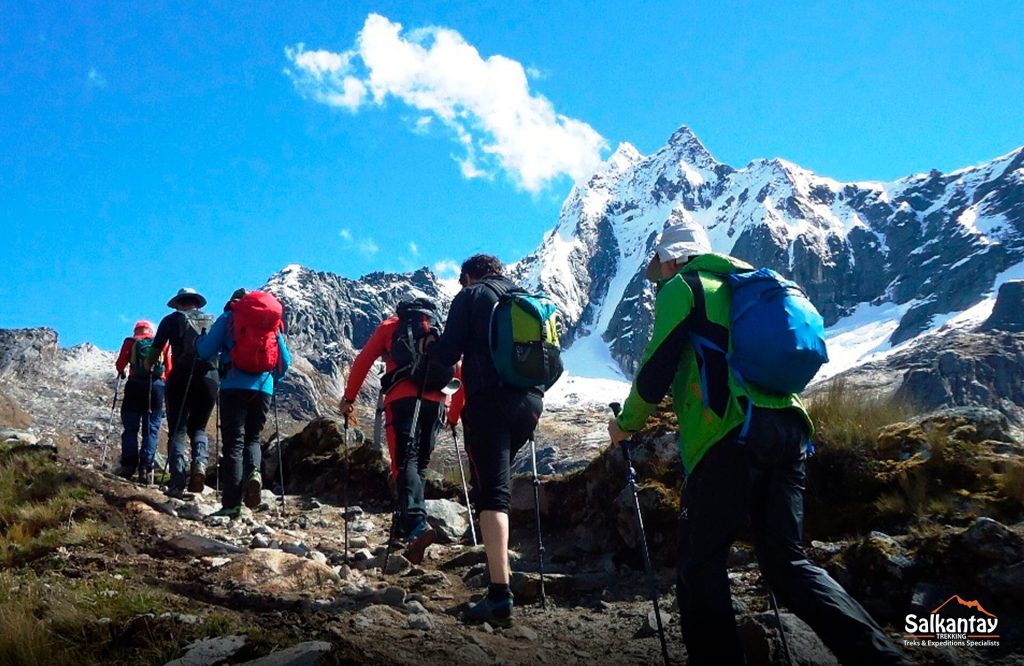
Laguna 69 Hike
The Laguna 69 hike is one of the most popular trekking routes in Huascarán National Park, in the Áncash region of Peru. This hike is known for taking hikers to a turquoise crystal-clear lake located in the high mountains of the Cordillera Blanca. Here’s detailed information about the Laguna 69 hike:
- Duration: One day
- Difficulty Level: Moderate
- Altitude: 4,600 meters above sea level
- Route: The Laguna 69 hike typically starts in the city of Huaraz, which is the gateway to the Cordillera Blanca. From Huaraz, hikers travel to Huascarán National Park, where the hike begins. Along the way, you’ll enjoy breathtaking mountain landscapes, passing through valleys and queuña forests. The highlight is reaching the beautiful Laguna 69, with its turquoise waters surrounded by snow-capped mountains.
- Accommodation: Since the Laguna 69 hike is completed in one day, there’s no need for camping. You can find accommodation in Huaraz.
- Additional Note: The classic version offers a one-day hike, but there are two- and three-day options as well. For more information, it’s recommended to research the route and tour operator options.
- Permits: Entry required for Huascarán National Park
- Best season: May to September
- Acclimatization: Highly recommended
Laguna 69 Highlights:
- Intense turquoise waters fed by glacial runoff
- Stunning views of Mt. Chacraraju and waterfalls
- A dream for photographers and mountain lovers
- Great acclimatization or standalone hike
Salkantay Trekking offers organized day trips with professional guides, transport, and a strong commitment to safety and sustainability.
👉 Reach one of Peru’s most iconic natural wonders.
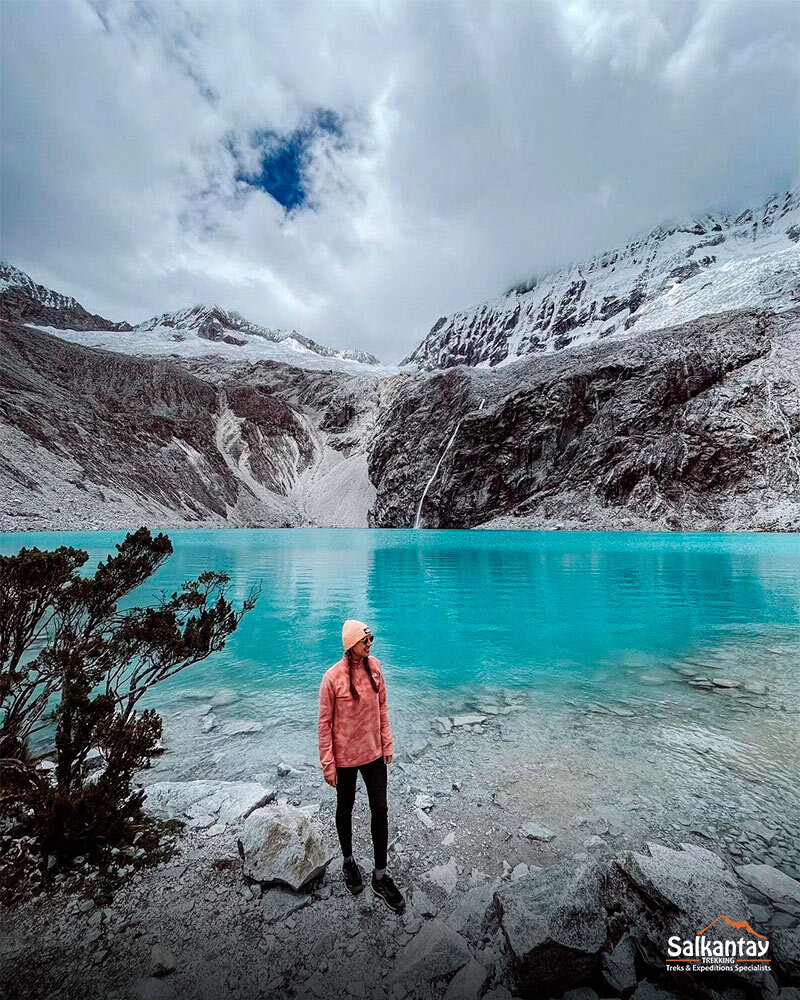

Colca Canyon Trek
The Colca Canyon trek is an exciting trekking adventure that allows you to explore one of the world’s deepest canyons, the Colca Canyon, located in the Arequipa region of Peru. This canyon is famous for its stunning landscapes, Andean condor sightings, and the opportunity to experience the local culture of the canyon’s inhabitants. Here’s detailed information about the Colca Canyon trek:
- Duration: 2 to 3 days
- Difficulty Level: Moderate
- Route: The Colca Canyon trek usually starts in the towns of Cabanaconde or Chivay, which are the main entry points
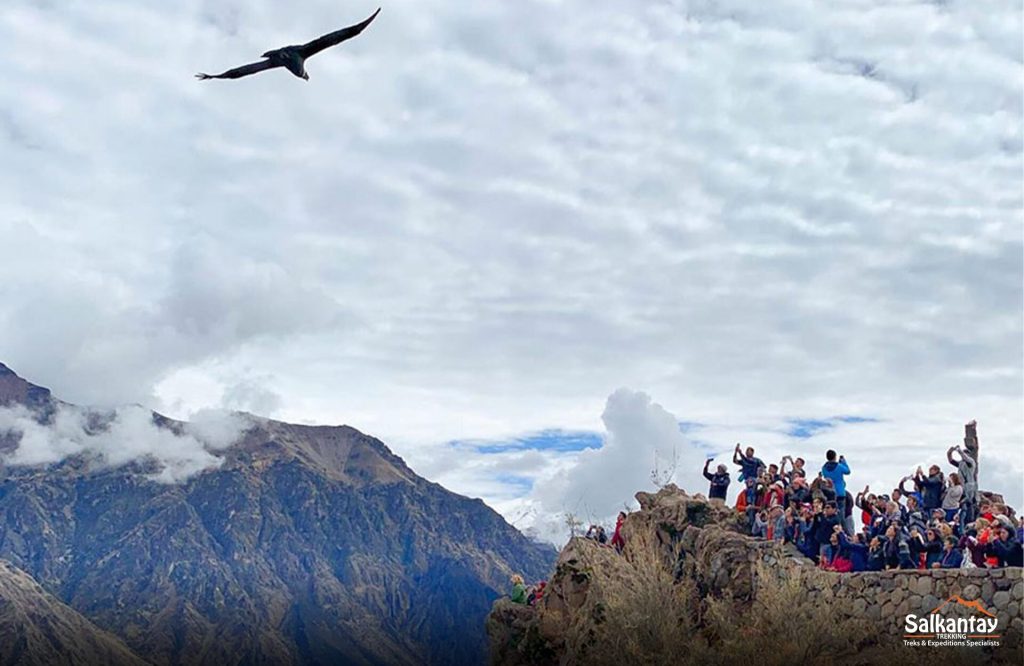
Tips for Trekking in Peru
Acclimatization: If your trek involves significant altitude changes, spend a few days in Cusco or another high-altitude location before starting your trek to acclimatize to the altitude.
Physical Preparation: Ensure you are physically fit and prepared for the demands of the trek. Regular cardiovascular exercise and strength training can help improve your fitness level.
Proper Gear: Invest in good-quality trekking gear and clothing suitable for the terrain and weather conditions.
Guided Trek: Consider booking your trek through a reputable tour agency that provides experienced guides, transportation, and camping equipment. This ensures a safe and well-organized experience.
Permits: If your trek requires a permit (e.g., the Inca Trail), book well in advance, as permits are limited and can sell out quickly.
Weather: Be prepared for variable weather conditions, as the Andes can experience rain, sun, and cold temperatures, even in the same day.
Leave No Trace: Follow Leave No Trace principles to minimize your impact on the environment. Respect the natural surroundings and local communities.
Hydration and Nutrition: Stay well-hydrated and nourished during your trek. Carry a refillable water bottle and pack energy-rich snacks.
Sustainable Travel: Choose eco-friendly and responsible travel options that promote sustainability and support local communities.
Enjoy the Journey: Take time to appreciate the stunning landscapes, history, and culture of Peru. Trekking is not just about reaching your destination; it’s about the experiences along the way.
Remember that safety and responsible trekking practices are essential to protect both the natural environment and the well-being of the local communities. With the right preparation and mindset, trekking in Peru can be a memorable and transformative experience.
Physical Training and Preparation
How to physically prepare for trekking in Peru
Many of Peru’s most beautiful trekking routes are located at high altitudes or require several days of continuous hiking. To fully enjoy the experience and avoid complications, it’s best to start physical training at least 4 to 8 weeks before your trip.
Key recommendations:
- Cardio: Walking uphill, jogging, cycling, or climbing stairs improves cardiovascular endurance.
- Strength: Exercises like squats, lunges, and core training help you stay stable while carrying a backpack.
- Stamina: Go on progressively longer hikes with weight (to simulate carrying a loaded backpack).
- Acclimatization: Arrive in Cusco or Huaraz 2–3 days early to adapt to the altitude.
Trekking in Peru is not just a physical challenge — it’s a mental and emotional journey. The better you prepare, the more you’ll enjoy every step.
Sustainable Tourism and Local Support
More than a hike: how your trek can transform communities
Every step you take in the Andes can leave a positive impact—when you walk with awareness. At Salkantay Trekking, we strongly believe in tourism that respects, preserves, and gives back.
Our key commitments:
- Sustainable tourism: We operate using eco-friendly practices, minimizing waste and protecting fragile ecosystems.
- Local support: We work closely with Quechua communities to create fair employment, encourage cultural exchange, and strengthen their local economies.
- Environmental awareness: We promote education among our travelers, encouraging the use of reusable bottles, water filtration systems, and “leave no trace” practices.
By choosing us, you don’t just live an unforgettable adventure—you also help protect the natural and cultural heritage of Peru.
Proper acclimatization
Many of Peru’s most iconic treks take place above 3,000 meters, where altitude sickness (soroche) can affect even experienced hikers. Proper acclimatization is essential for your comfort, safety, and enjoyment.
Tips for successful acclimatization:
- Arrive early: Spend 2–3 days in Cusco, Huaraz, or Arequipa before your trek. Use this time to take light walks and rest.
- Stay hydrated: Drink at least 2 liters of water daily. Avoid alcohol and sugary drinks during the first days.
- Eat light, carb-rich meals: Carbs are easier to digest and help maintain energy levels at altitude.
- Take it easy: Avoid intense physical exertion until your body has adjusted.
- Try coca tea: A traditional Andean remedy to relieve mild altitude symptoms.
- Talk to your doctor: Ask about altitude medication like acetazolamide (Diamox), especially if you’ve had issues before.
- Get plenty of rest: Sleep supports the acclimatization process.
Common symptoms of altitude sickness:
- Headache
- Nausea
- Dizziness
- Loss of appetite
- Fatigue
If symptoms worsen, the best solution is to descend immediately and seek assistance. All Salkantay Trekking tours include trained guides and emergency oxygen if needed.
What to Bring for Trekking in Peru
Pack like a pro: what to bring for your Peruvian trekking adventure
TFrequently asked questionsready for shifting weather, high altitudes, and diverse terrain. Packing smartly ensures both comfort and safety on the trail.
Here’s a complete checklist, split by trekking type:
For day hikes (e.g., Laguna 69, Rainbow Mountain)
Clothing & footwear:
- Waterproof hiking boots or trail shoes
- Lightweight hiking pants
- Thermal base layer (in cold conditions)
- Mid-layer (fleece or insulated jacket)
- Windbreaker or waterproof shell
- Sun hat and warm beanie
- Lightweight gloves (optional)
Gear & accessories:
- Daypack (20–25 L)
- Trekking poles (recommended)
- UV-protected sunglasses
- High-SPF sunscreen (SPF 50+)
- Lip balm with SPF
- Reusable water bottle or camelbak (min. 1.5 L)
- Trail snacks (nuts, granola bars, dried fruit)
- Toilet paper and a small trash bag
- Small amount of cash
For multi-day treks (e.g., Salkantay, Ausangate, Inca Trail)
Everything above, plus:
Extra clothing:
- 2–3 sets of thermal underwear
- Comfortable clothes for sleeping
- Rain pants (especially during rainy season)
- 3+ pairs of wool or trekking socks
- Camp sandals or flip-flops
- Swimsuit (for hot springs or river dips)
Essential gear:
- Sleeping bag (rated to -10°C / 14°F if camping)
- Headlamp with extra batteries
- Quick-dry towel
- Basic first aid kit (ibuprofen, band-aids, antiseptic)
- Water filter or purification tablets
- Portable charger / power bank
- Original passport (mandatory for Inca Trail)
- Earplugs (shared campsites)
- Dry bag or waterproof liner for clothes and electronics
Optional extras:
- Sleeping mat (if not provided)
- Compact camera / GoPro
- Journal or notebook
- Ziplock bags (for trash or wet clothes)
🎒 Salkantay Trekking provides a personalized checklist upon booking. Sleeping bags, trekking poles, and other gear are available to rent if you don’t want to bring your own.
Frequently asked questions
1. How do I book a tour with Salkantay Trekking?
You can book online at www.salkantaytrekking.com. Each tour page includes available dates, a booking form, and secure payment options.
2. What’s included in the tour price?
It depends on the trek, but most include:
- Professional bilingual guides
- Transportation from/to Cusco
- All meals during the trek
- Camping equipment or lodge stays
- Horses or porters (depending on the route)
- Entry tickets and permits
- First aid kit and emergency oxygen
Check the full details on the tour page, like the Salkantay Trek 5D.
3. How difficult are the treks?
It depends on the route.
- Easy to moderate: Rainbow Mountain, Laguna 69 (acclimatization needed).
- Moderate to challenging: Salkantay, Inca Trail, Santa Cruz.
- Advanced: Ausangate, Huayhuash, Choquequirao, Vilcabamba.
Be sure to check difficulty levels and train at least 4 weeks in advance.
4. What if I get altitude sickness?
Proper acclimatization is key. Our guides are trained to assist and carry emergency oxygen. If symptoms worsen, descent is the best solution.
5. Do I need permits for the treks?
Yes—Inca Trail permits are limited and must be booked months in advance. Other routes like Salkantay and Ausangate don’t require special permits but may involve entrance fees.
6. Can I trek during the rainy season?
It’s possible from November to March, but we recommend trekking during the dry season (April to October), especially for high-altitude routes.
7. What’s your cancellation policy?
We offer clear cancellation and rebooking policies. You can review them during the booking process.
You might be interested in:
- Choose Salkantay Trekking: Together, we’ll reach the top
- Inca Trail: Complete Trekking Guide
- Exploring Choquequirao with Salkantay Trekking
- Adventure at Altitude! How to Train to Fully Enjoy Trekking in Peru
- Trekking Poles: How to Use Them Properly?
- Trekking Routes in Cusco: Following the Wisdom of the Summits [Part 2]

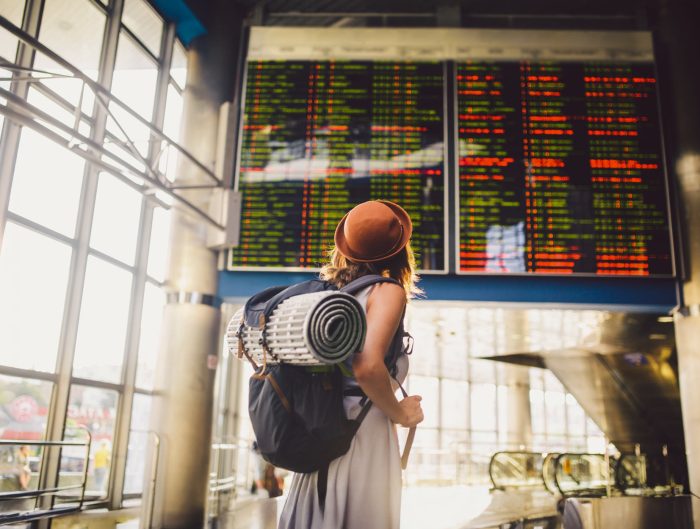

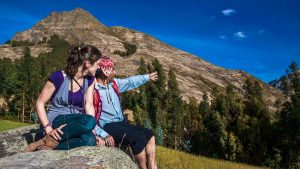
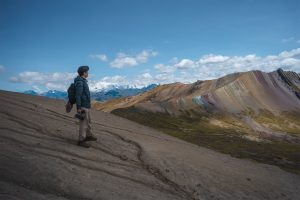
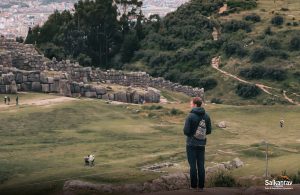
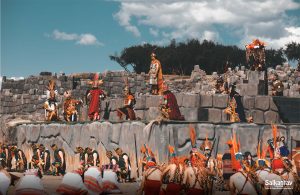
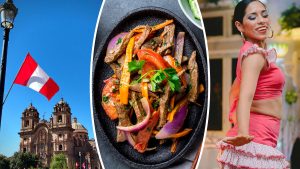

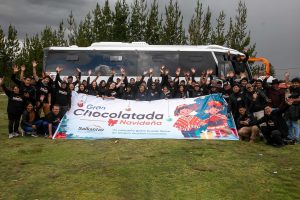
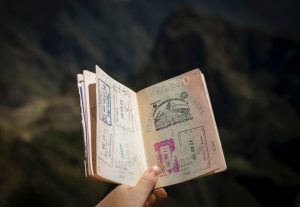
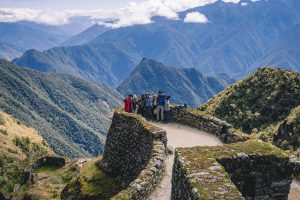

Leave A Reply